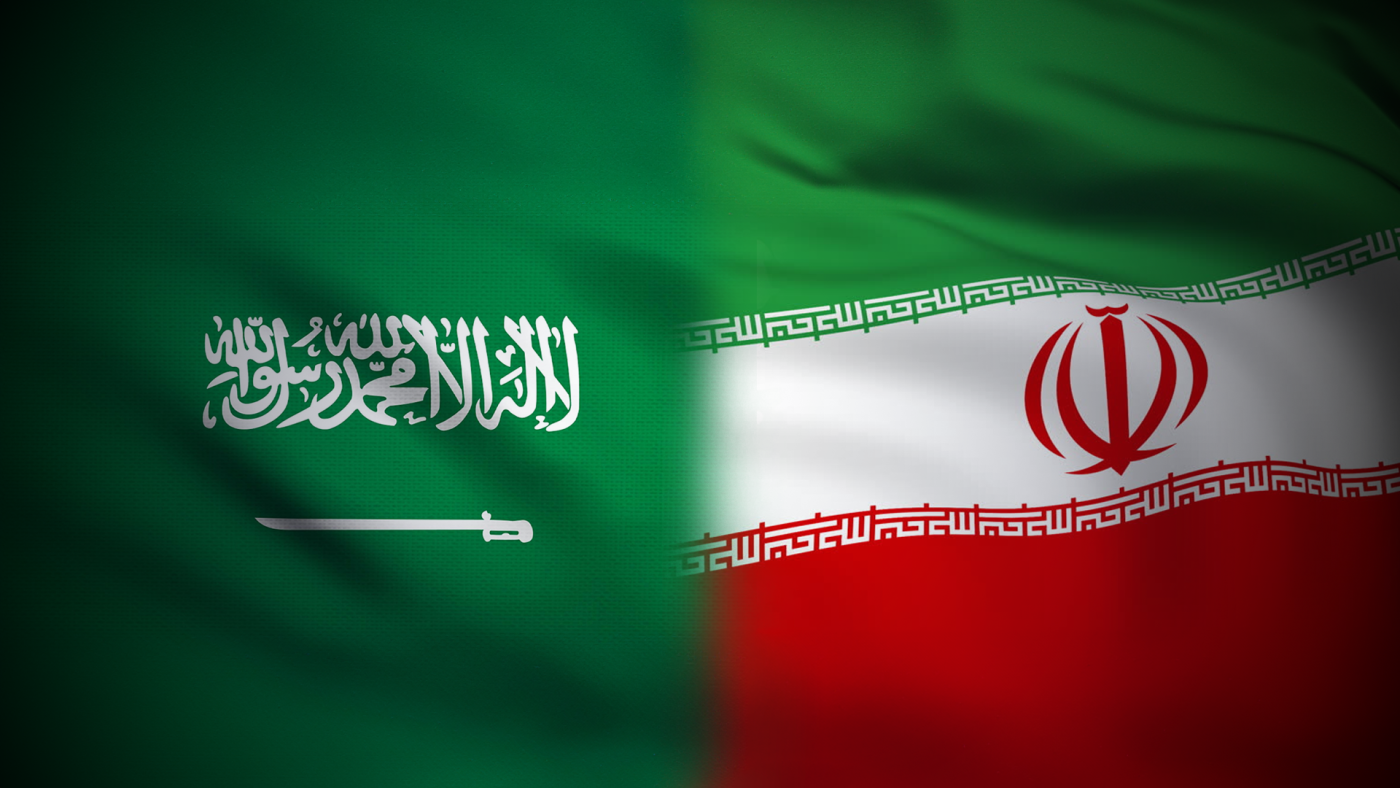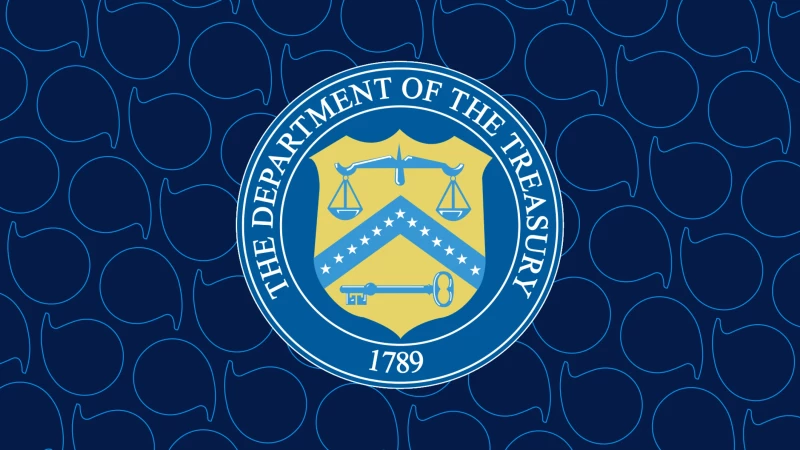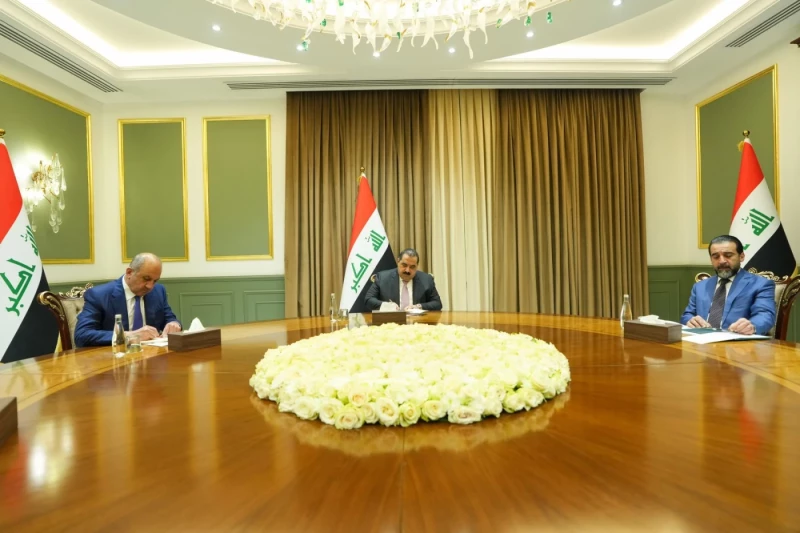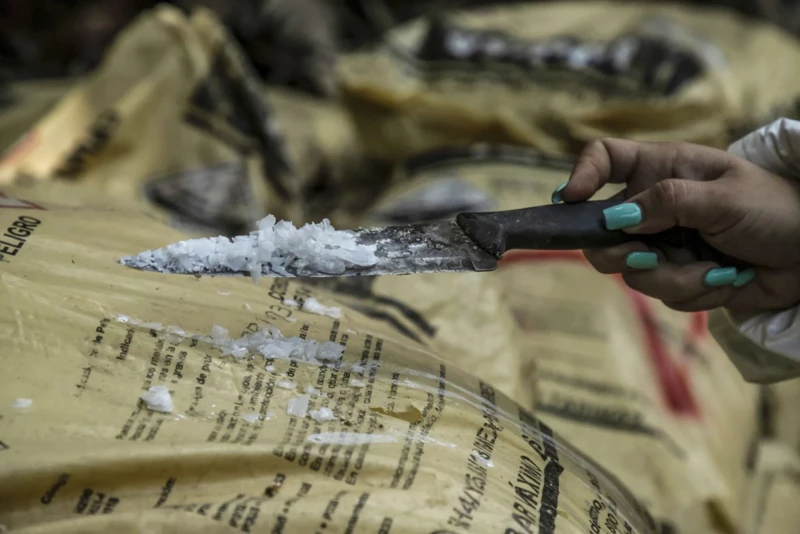Key points:
- Despite over a year since the agreement, Iran-Saudi relations remain confined, characterized by modest advancements and a gradual pace.
- Fostering economic collaborations and cultivating cultural and social interactions between the two nations is imperative to ensure the sustainability of the Iran-Saudi relationship.
- Both nations should establish pragmatic committees across various domains to broaden the scope of their relationship. These committees can lay the foundation for a sustainable environment that facilitates the progression of their relationship.
- Iraq possesses the potential to serve as a pivotal ground in creating a cooperative framework between Iran and Saudi Arabia. Leveraging this position can not only facilitate regional relationship expansion but also yield advantages for Iraq's own interests.
- Regional and international powers should extend their support to the progress of Iran-Saudi relations. Recognizing the potential for enhanced stability within the region and global economic prosperity, backing the advancement of this relationship is paramount.
After an exhaustive series of discussions spanning approximately three years, conducted in both Baghdad and Muscat, Iran and Saudi Arabia ultimately reached a pivotal accord on March 2023 to mend their strained ties.
This landmark agreement marked the conclusion of a seven-year period of severed diplomatic relations, which had been preceded by decades of intense hostilities characterized by proxy conflicts and hostile discourse posturing between the two nations.
In the aftermath of this accord, the trajectory of diplomatic overtures between Iran and Saudi Arabia has evidenced substantial headway. In light of these nuanced circumstances, a salient inquiry emerges: Can this hard-fought reconciliation usher in a sustained era of normalized and thriving bilateral relations, thereby potentially radiating positive effects throughout the broader region? Unpacking this query necessitates a comprehensive analysis of the obstacles that lie ahead, juxtaposed with the conceivable remedies that could pave the way forward.
Factors underpinning sustainability
In the context of the evolving landscape in the region, several pivotal elements engender a sense of optimism regarding the lasting viability of the reconciliation between Iran and Saudi Arabia.
Notably, the region has borne witness to a discernible wane in the grip of extremism that had pervaded during the initial two decades of this century. An array of extremist manifestations, all rooted within the ideological framework of political Islam, encompassing the tenets of Wahhabism-derived political Salafism, the radical iteration of the Muslim Brotherhood, and the militant strain of political Shiism, had cast a shadow over the region. This extremist triad has undergone notable transformations.
Significantly, the once-pervasive wave of Wahhabi extremism has seen a marked quelling, particularly within its home bastion of Saudi Arabia, a shift attributed in part to the ascendancy of Crown Prince Mohammed Bin Salman. Moreover, the annals of the Muslim Brotherhood witnessed a momentous setback, notably in Egypt, following the tumultuous fall of the Mursi administration, which was accompanied by a period of turmoil.
The trajectory of Shiite Islam also assumed a less aggressive stance, driven in part by the concatenation of regional events, such as the stringent sanctions imposed on Iran and the burgeoning influence of China, which has acted as a moderating force constraining Iran's support for militant factions targeting its regional rivals.
At present, the region's leadership echelons espouse the rhetoric of cooperation, partnership, and the aspiration to foster a novel European-style construct within the region. In a tangible sense, the bedrock of this transformation centers around a resolute policy of regional partnership, resonating across the spectrum of governments, including Iran, Saudi Arabia, Turkey, and their peers.
Concurrently, the economic terrain brims with the potential for engendering collaborative alliances among the regional nations, a prospect duly recognized by the leadership cohort.
Ambitious cross-continental transit initiatives, envisaging a nexus encompassing China, Russia, Europe, and traversing through Iran, Iraq, and the Gulf, stand as exemplars of the scope for cooperation. Notably, the energy reserves that punctuate the Gulf's periphery present a burgeoning avenue for shared development.
The recalibration of the United States' influence within the region has ushered in a more balanced equilibrium, facilitating an environment conducive to fostering regional cohesion and joint initiatives.
Undeniably, these sanguine factors coalesce to configure an auspicious horizon for the prospective trajectory of reconciliation between Iran and Saudi Arabia. However, a constellation of formidable challenges and impediments underscores the nuanced reality, warranting vigilant consideration.
Challenges and obstacles
While recent diplomatic strides have fostered a sense of proximity between Iran and Saudi Arabia, it remains imperative to acknowledge that substantial obstacles and challenges persist, posing significant barriers to the realization of a substantively sustainable cooperative framework between these two nations.
On the bilateral plane, noteworthy overtures include commendable initiatives such as the resumption of the Hajj pilgrimage for Iranians and Iran's re-entry into the fold of the Organization of Islamic Cooperation.
Nevertheless, the foundation of a genuinely normalized bilateral relationship, especially within the context of two pivotal regional actors like Iran and Saudi Arabia, necessitates a multifaceted approach. The nascent inclination toward mutual investment and economic collaboration, imperative for cultivating deep-seated ties, is yet to manifest robustly.
This facet underscores a universally recognized principle: lasting international relationships are invariably underpinned by profound economic and investment engagements. Without these bedrocks, the relationship remains susceptible to fragility, rendering it susceptible to unraveling amidst any discord or crisis.
At the regional echelon, substantive barriers on the ground persist in earnest. Admittedly, the nascent rapport between Iran and Saudi Arabia contributed tangentially to the Saudi-Houthi ceasefire in Yemen.
However, it's prudent to acknowledge that the ceasefire emanated from a confluence of factors, including direct Saudi-Houthi dialogues. Iran's role was circumscribed, suggesting that the ceasefire's realization could have transpired independently of the Iran-Saudi rapprochement.
Furthermore, pivotal regional aspirations continue to remain unresolved, with deeply divergent visions between the two nations. Iran's steadfast support for the Bashar al-Assad regime stands juxtaposed with Saudi Arabia's insistence on an expansive national reconciliation in Syria.
This dichotomy extends to Lebanon, wherein Iran's reluctance to curtail Hezbollah's paramilitary influence clashes starkly with Saudi Arabia's advocacy for disarming Hezbollah in favor of engendering parity between sects and fostering equitable governance participation.
The case of Iraq, bearing extensive borders shared with both Iran and Saudi Arabia, underscores the profound intricacies inherent to their relationship. The presence of numerous Shiite militias within Iraq's ambit on the control of the current government, drawing sustenance from state resources and buttressed ideologically by Iran, remains a cause for concern.
These militias have orchestrated attacks against Saudi interests in recent years, and their clout was instrumental in thwarting a Saudi investment endeavor in southern Iraq during a prior administration, owing to a confluence of military and political pressures.
Within this intricate landscape, the cultivation of a robust, enduring rapport between Iran and Saudi Arabia emerges as a prospect fraught with formidable challenges, seemingly distanced from the prevailing realities in the region.
Efficient, trustworthy mediator
Although the extensive dialogues and negotiations held between Iran and Saudi Arabia in Baghdad cultivated an environment of amelioration and played a pivotal role in shaping the eventual agreement reached in Beijing, it remains paramount to acknowledge that Iraq, despite its efforts, could not fully serve as a robust and credible guarantor capable of shepherding both nations towards a conclusive accord.In this intricate backdrop, China assumed a position of influence that substantiated its capacity to convene the parties involved and facilitate the attainment of a final understanding. This emanates from China's multifaceted strengths—ranging from its commanding regional and global stature to its historical amicable relations with both Iran and Saudi Arabia, coupled with its extensive economic collaborations.
Nevertheless, the translation of these factors into tangible outcomes necessitates grounded implementation to foster enduring cooperation between Iran and Saudi Arabia, a role which China does not appear poised or inclined to undertake.
Had Iraq possessed the requisite prowess and garnered the trust of both nations, it could have stood as the optimal mediator, compelling Iran and Saudi Arabia to engage in substantive collaboration within its own territory—an avenue inherently beneficial to Iraq itself.
A joint endeavor encompassing regional infrastructure initiatives, such as cross-border rail and road networks, transnational electricity grids, and mutual investments in the Iraqi agricultural and industrial sectors could have come to fruition. This was indeed the overarching goal of the previous Iraqi administration that hosted the dialogue, fervently urging the two parties towards conciliation.
A series of accords in transit, electricity, energy, and various other domains were inked by the then-government with Iran and Saudi Arabia, reflecting Iraq's aspirations. Regrettably, Iraq's capacities fell short of materializing this ambitious vision.
A potent mediator in this context must possess the acumen to harmonize the economic interests of both nations, effectively engendering a tangible nexus between them. Such a linkage would then extend its tendrils into the social and cultural realm, germinating an environment conducive to collaboration.
This, in turn, could pave the path for a robust and enduring political relationship between the governments of Iran and Saudi Arabia. A paradigmatic instance of successful mediation can be gleaned from the Abraham Accords, where the adept involvement of various actors led to tangible advancements in the relationship between Israel and the United Arab Emirates across numerous spheres.
The analogous transformation, despite shared characteristics between Iran and Saudi Arabia, is yet to fully materialize, and the prevailing trajectory does not presently augur towards its fruition.
Possible scenarios
In light of the intricate dynamics outlined above, three distinct scenarios emerge, each encapsulating a plausible trajectory for the evolving relationship between Iran and Saudi Arabia.
Firstly, a gradual advancement of the relationship across multiple dimensions, culminating in a robust and prosperous cooperation and partnership. However, this scenario encounters skepticism given the aforementioned complexities and analyses.
The second scenario revolves around the potential collapse of the agreement. This perspective seems very unlikely, as both Iran and Saudi Arabia have demonstrated a sincere commitment to curbing regional conflicts, channelling their resources towards internal development.
The third scenario envisages a tenuous equilibrium in the relationship, largely confined to matters such as the Haj pilgrimage and similar areas in addition to some symbolic gestures, alongside diplomatic exchanges between officials of the two nations. Nevertheless, this level of interaction is predicted to remain confined without evolving into a substantive cooperation and partnership capable of catalyzing regional transformation.
Each of these scenarios embodies varying levels of feasibility and carries distinctive implications for the regional landscape. However, the last scenario seems to be more realistic.
Policy recommendations
• Operationalizing practical committees: Beyond the diplomatic gestures, it is imperative for officials from both Iran and Saudi Arabia to establish pragmatic committees. These committees should be tasked with delineating feasible avenues for broadening the relationship, meticulously identifying hurdles, and creating collaborative platforms that propel the engagement toward more substantial and enduring dimensions.
• Leveraging regional powers: The active participation of key regional powers in the Gulf, alongside influential actors like Turkey and Egypt, holds immense potential to integrate Iran and Saudi Arabia into a tapestry of regional cooperation across diverse sectors. This collaborative effort can pave the way for a broader regional framework that not only fortifies the relationship between the two nations but also fosters an environment conducive to addressing pressing regional crises in Syria, Lebanon, Iraq, and Yemen.
• Embracing stronger relations: Stakeholders on the global stage, including the United States and its Western and regional allies, ought to embrace the notion of stronger ties between Iran and Saudi Arabia. Recognizing that such a development can engender economic prosperity and contribute to defusing regional tensions is pivotal. Viewing the region as a conduit bridging Western and Eastern interests can facilitate the reduction of prevailing tensions and facilitate a pathway for constructive engagement.
• Empowering Iraq's strategic engagement: The Iraqi government should strategically invest its efforts and resources to play an active and catalytic role in fostering Iran-Saudi reconciliation. Recognizing its unique position as a potential mediator, Iraq has the capacity to serve as a robust platform for cooperation between both nations, facilitating a pathway to genuine integration. By harnessing this potential and nurturing the existing dialogue, Iraq can emerge as a linchpin for lasting regional stability and cooperation.
Incorporating these recommendations into policy considerations can catalyze incremental progress, steering the trajectory of Iran-Saudi relations towards a more stable, cooperative, and regionally impactful course.
This policy paper has been produced by Ali al-Mamouri. The New Region is committed to publishing a diverse range of opinions. Views expressed in this article are those of the author, and do not necessarily represent the views of The New Region editorial staff.



 Facebook
Facebook
 LinkedIn
LinkedIn
 Telegram
Telegram
 X
X


